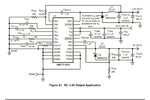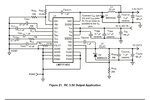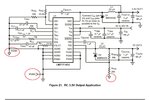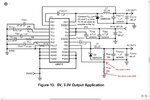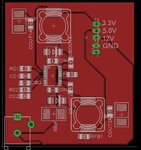aliyesami
Full Member level 6

I want to build a 3.3v, 5v DC power supply which will be fed off by an AC-DC adaptor.
I need 2Amp for 5V , 500mA for the 3.3V .
is there any one chip that can do that ?
i want to keep the supply compact.
thanks
- - - Updated - - -
btw iam going to use a 12v 5amp AC-DC adaptor for the source for this power supply.
I am currently using MAX748A for 3.3v , and was thinking of adding a TPS5405DR - Texas Instruments 296-30579-2-ND which is a 5v buck regulator.
I need 2Amp for 5V , 500mA for the 3.3V .
is there any one chip that can do that ?
i want to keep the supply compact.
thanks
- - - Updated - - -
btw iam going to use a 12v 5amp AC-DC adaptor for the source for this power supply.
I am currently using MAX748A for 3.3v , and was thinking of adding a TPS5405DR - Texas Instruments 296-30579-2-ND which is a 5v buck regulator.
Last edited:



